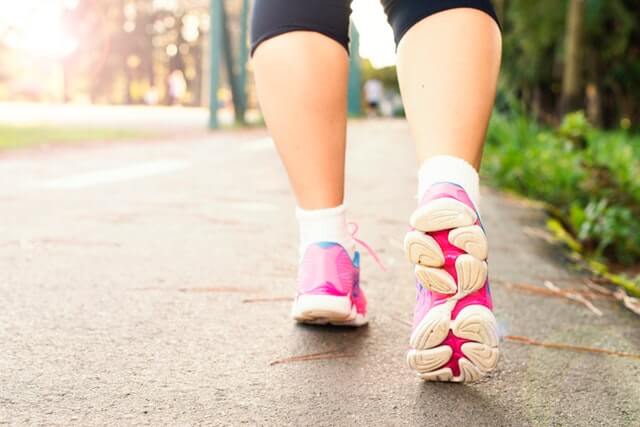For every action, there is a reaction. This statement is true in both physics and in life. When it comes to movement, how you express yourself is a physical demonstration of your lived experience in your environment. When you embody healthy, functional movement, what that expression communicates is “wellness.”
You may not have thought about it before, but you have a relationship with your body. Your body and the movements you make are part of your lived experience, but you can also learn to observe yourself objectively, from the outside. From there, you can start to see where change may be necessary for improving how your body expresses itself—from inefficient to efficient movement.
What Is Functional Movement?
As the words imply, functional movement is movement that uses the muscles, joints, and variations of one’s center of gravity (COG) in a way that reduces effort and improves efficiency. No matter who you are—from professional athletes to grandmothers—functional movement is important if you want to avoid injury and reduce pain and risk of falling.
But wait, don’t our bodies automatically move in a healthy way?
No. In fact, as we develop through childhood, adolescence, and adulthood, we often develop habits and sustain injuries that can alter the efficiency of our movements.
Let’s say you suffered a knee injury in high school that never really healed correctly. Chances are good that for the last however many years, the way you’ve walked has compensated and adjusted for any pain or dysfunction in your injured knee. Such movement, over time, can cause wear in either the affected knee because of the dysfunction or in the uninjured knee, back and neck because your body automatically shifts your weight or Center of Mass to that side to compensate initially for the pain and then after the pain is gone, habit or a “new normal of movement” has developed. And not only that—when a foundational part of your body like
your knee ankle or foot doesn’t work properly, other parts of your body can start to wear down, too. Have you felt any hip, ankle or foot pain? What about back pain? You probably have. That’s because your body has learned a new way to carry itself that puts consistent and repetitive strain on areas that were originally designed for a different job during functional movements.
Now, the above isn’t true only for the knees. Because the body is a system of levers, it can apply to pretty much any part of the body. When your ankles have pain, you change the way you reach, stand, and walk. When your back hurts, you change the way you sit, roll in bed or sweep the floor. Your nervous system automatically tries to adjust and accommodate for the pain or even the perceived threat of pain.
The Power to Change
The important thing to remember here is that all of us have the power to change our movement habits for the better. No matter who you are, you can reduce pain and improve function. Your inefficient habits might come from a muscle imbalance. In such cases, you can strengthen the weak muscle groups. Or maybe you walk hunched over not because of limited flexibility but because of the relationship between your Center of Mass and your Center of Gravity (COM/COG). There are exercises, techniques, and specific movement patterns that can restore the harmony and cooperation that exists between joint flexibility, muscular strength, and dynamic distribution of COM/COG. You only have to have the willingness to explore change within your functional movement patterns, and perhaps a guide to show you the way.
Want to learn more about how your inefficient movements could be causing your pain, loss of strength, or fear of falling? Get in touch with me today.

